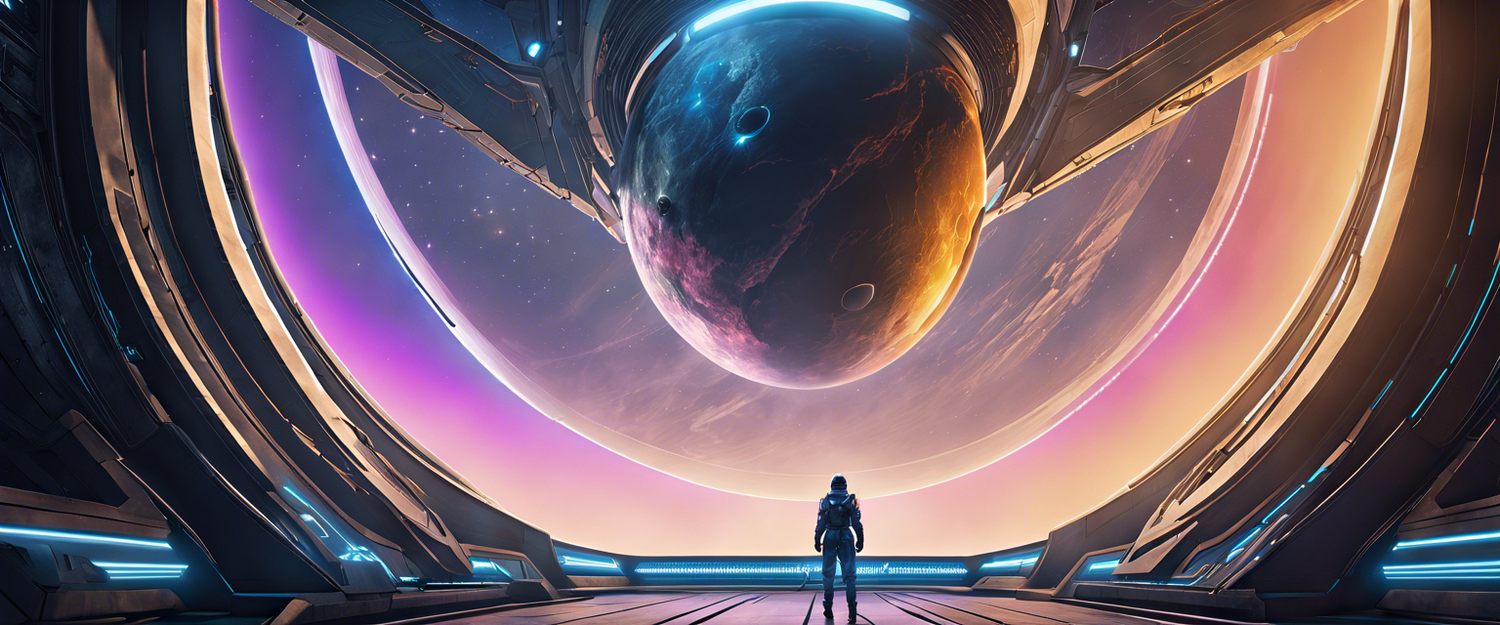The European Union’s Ambitious Move: The IRIS² Satellite Constellation
The European Union has made a landmark decision by signing a deal for the development of its new IRIS² constellation, which comprises 290 communication satellites. This project is designed to operate in both medium and low-earth orbit, aiming to challenge existing competitors like Elon Musk’s Starlink.
What is IRIS²?
IRIS² stands for Infrastructure for Resilience, Interconnectivity, and Security by Satellite. This cutting-edge initiative is poised to deliver secure and high-speed internet connectivity to governmental users, private companies, and citizens throughout Europe. One of its primary objectives is to provide internet access to areas that are currently considered "dead zones" in connectivity.
Details of the Public-Private Partnership
The IRIS² project is backed by a €10.6 billion (approximately $11 billion) public-private partnership. The consortium responsible for executing this initiative, known as SpaceRISE, is led by notable European satellite network operators such as SES, Eutelsat, and Hispasat. The consortium also includes valuable input from European satcom subcontractors like Airbus and Deutsche Telekom, ensuring a robust technological framework to support the project’s ambitions.
Key Features of the IRIS² Initiative
- Extensive Coverage: The constellation will include 290 satellites, ensuring broad coverage across Europe.
- Secure Connectivity: Designed to protect critical infrastructures and provide secure connections to users.
- Strategic Autonomy: Enhances Europe’s self-reliance in satellite communication.
- Public-Private Collaboration: A model for innovation driven by partnerships between governmental and private entities.
Expected Impact on European Connectivity
The project is slated to come online by 2030 and is expected to revolutionize how citizens access reliable internet services. It promises to democratize connectivity in the most remote areas, thereby enhancing the quality of life for many who are currently underserved.
Growing Competition in Satellite Communications
The push for the IRIS² constellation coincides with statements from FCC chair Jessica Rosenworcel, who has expressed the need for increased competition against monopolies in satellite communications. The launch of approximately 7,000 Starlink satellites since 2018 has surely turned heads in the industry. Rosenworcel emphasized, "Our economy doesn’t benefit from monopolies… every communications market that has competition is strong; we see lower prices and more innovation, and honestly, space should be no exception." This highlights the growing importance of competitive dynamics in space-based internet services.
Conclusion
As the EU embarks on the IRIS² project, it appears to be setting a course toward greater connectivity, innovation, and strategic independence in the digital realm. As the project develops, it will be interesting to see how it reshapes the landscape of satellite communication and enhances the European digital economy.



发表评论
所有评论在发布前都会经过审核。
此站点受 hCaptcha 保护,并且 hCaptcha 隐私政策和服务条款适用。